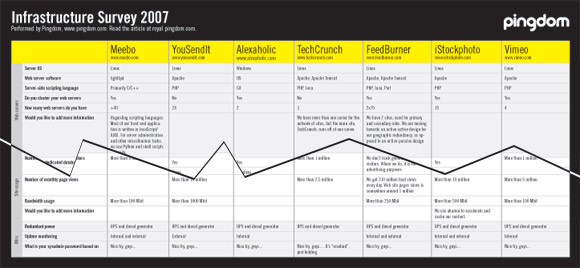Open Source Prize: the province of Rome launches a contest
 Colosseo by Screenweek
Colosseo by Screenweek
The Italian province of Rome is organising a contest for young Open Source software programmers, ‘Oggi programmo io’ (Today I code). Rome hopes the event will help foster the use of this type of software. The best three contestants will win 4.500, 2.500 and 1.000 euros.
Participation in the contest is open to everybody between 18 and 24 years of age living in the province. The contestants need to develop a completely new application that may be based on existing Open Source software. It should provide an original solution to typical public administration tasks. The winning applications will be made available on the website of the province.
The contest is an initiative of the the e-government department of the province of Rome. Its main objective is to provide young programmers in the province with incentives to develop Open Source software. It also aims to create a community around applications developed especially for local public administration.
The software has to be submitted to the province before the end of March.
Read the full news by the IDABC Open Source Observatory , and don’t forget to subscribe the monthly news service if interested in the European initiatives on Open Source.


Savio Rodrigues 1:47 pm on March 9, 2007 Permalink
Sounds like a great idea!
The only thing I wonder about is whether an 18-24 year old knows enough about government & public service tasks to know what “typical public administration tasks” are.
I’d say that open source programmers program what they know (i.e. “scratch an itch” as ESR put it) or what they get paid to do (and someone or the community gives them direction in terms of what to build).
Maybe if the contest gave a few examples of what government officials felt would makes their jobs easier and improve public service, that would help?
In any case, it’s a great idea and hope it draws a lot of attention!
Roberto Galoppini 2:21 pm on March 9, 2007 Permalink
I also doubt that young hackers might know public administration’s needs, but at the end of the day the initiative – by the way promoted by my friend Flavia Marzano – will hopefully draw a greater attention to OSS in the schools.
Usually I am not in favour of OS projects public funded, and I will soon write a post about it, but educating students to code and share their programs it is definitely a good idea. Open Source it is here to stay, students applying will get their chance to learn from it.